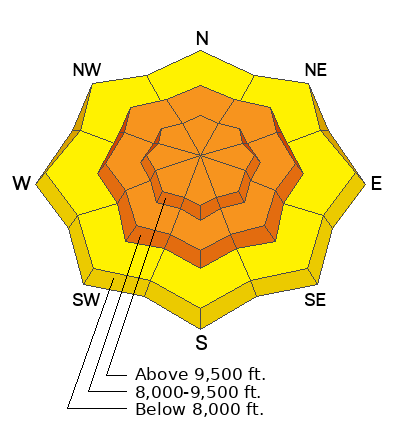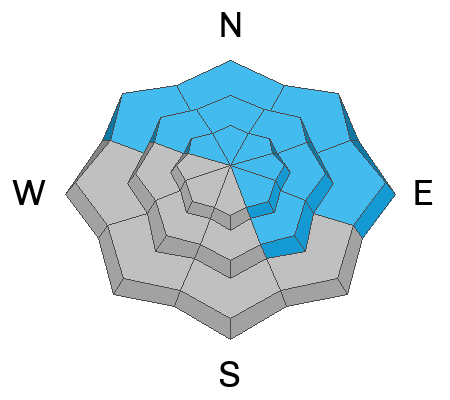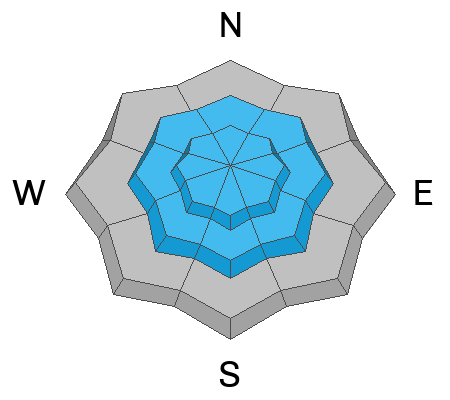Forecast for the Provo Area Mountains

Issued by Nikki Champion on
Thursday morning, December 29, 2022
Thursday morning, December 29, 2022
The avalanche danger is CONSIDERABLE on all upper and mid-elevation aspects where high snowfall totals and elevated winds have created dangerous avalanche conditions. Give extra caution to northerly facing terrain where a persistent weak layer of faceted snow is now buried 2-5' deep. Any avalanche triggered within the new snow or the wind-drifted snow has the potential to step down into deeper weak layers in the snowpack, creating a very large and dangerous avalanche.
The avalanche danger is MODERATE on low-elevation slopes that received primarily rain at the beginning of the storm.
Natural avalanches are possible, and human-triggered avalanches are likely today. With another storm on the way, avalanche danger will be on the rise again moving into the weekend.

Low
Moderate
Considerable
High
Extreme
Learn how to read the forecast here










